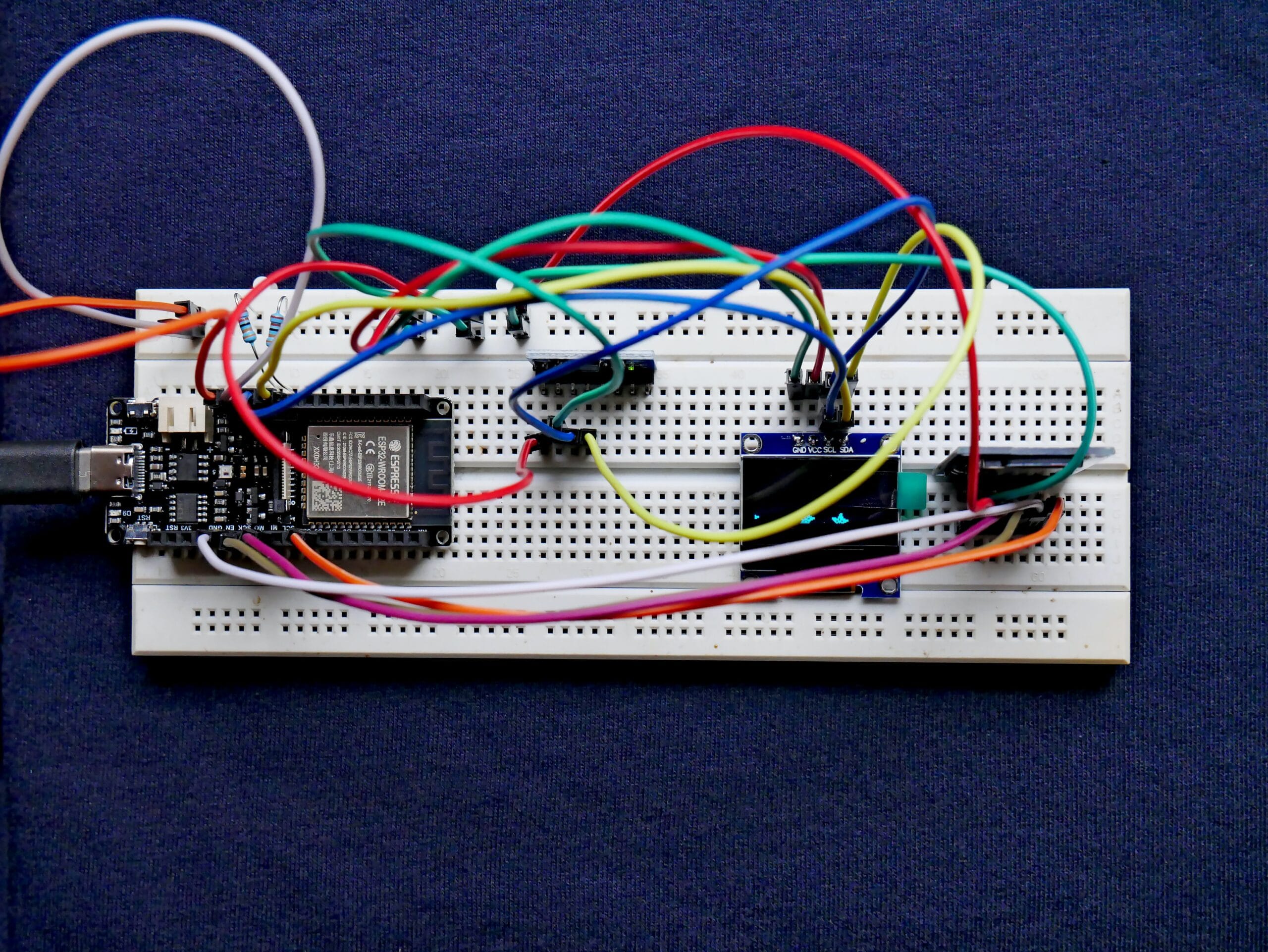5.00
(1 Rating)
Project Based Learning

What Will You Learn?
- project-based learning course content requires careful planning and consideration of the learning objectives, project goals, and assessment methods. Here are some steps to help you create effective project-based learning course content:
- Identify learning objectives: Clearly define the knowledge, skills, and competencies you want students to acquire through the course. These objectives will guide the selection and design of projects.
- Choose engaging projects: Select real-world projects or scenarios that align with the course objectives. Projects should be challenging, relevant, and allow students to apply their knowledge and skills in practical ways.
- Define project requirements: Clearly outline the requirements, constraints, and deliverables for each project. This includes defining the problem statement, project scope, expected outcomes, and any specific criteria for success.
- Scaffold learning activities: Break down the project into smaller tasks or milestones to guide students through the learning process. Provide resources, materials, and support for each stage, including research, planning, implementation, and reflection.
- Integrate content and skills: Align the project with the course curriculum, ensuring that students have opportunities to learn and apply relevant content knowledge, critical thinking skills, problem-solving strategies, and collaboration techniques.
- Provide guidance and feedback: Establish a framework for ongoing feedback and assessment. Offer regular check-ins, peer reviews, and opportunities for students to seek guidance from instructors or mentors. Encourage reflection on the learning process and provide constructive feedback to enhance student understanding and performance.
- Foster collaboration and teamwork: Encourage collaboration and teamwork within the projects. Design opportunities for students to work in groups, share responsibilities, and learn from each other. This helps develop interpersonal skills and promotes a supportive learning environment.
- Assess learning outcomes: Develop rubrics or assessment criteria to evaluate student performance. Assess both the final project outcomes and the process of learning and collaboration. Consider various assessment methods, such as presentations, reports, prototypes, or demonstrations, depending on the nature of the projects.
Course Content
Section 1
Draft Lesson 1
00:31
Student Ratings & Reviews
5.0
Total 1 Rating
5
1 Rating
4
0 Rating
3
0 Rating
2
0 Rating
1
0 Rating
Great course
